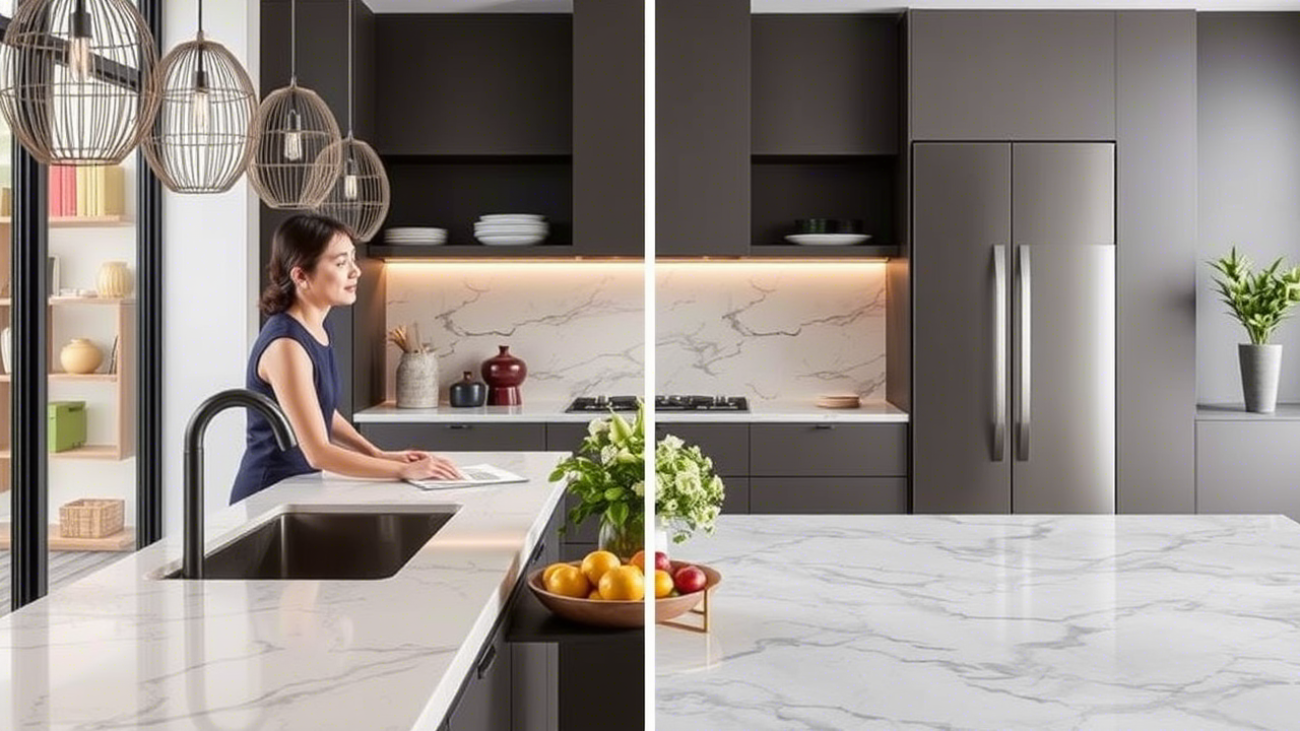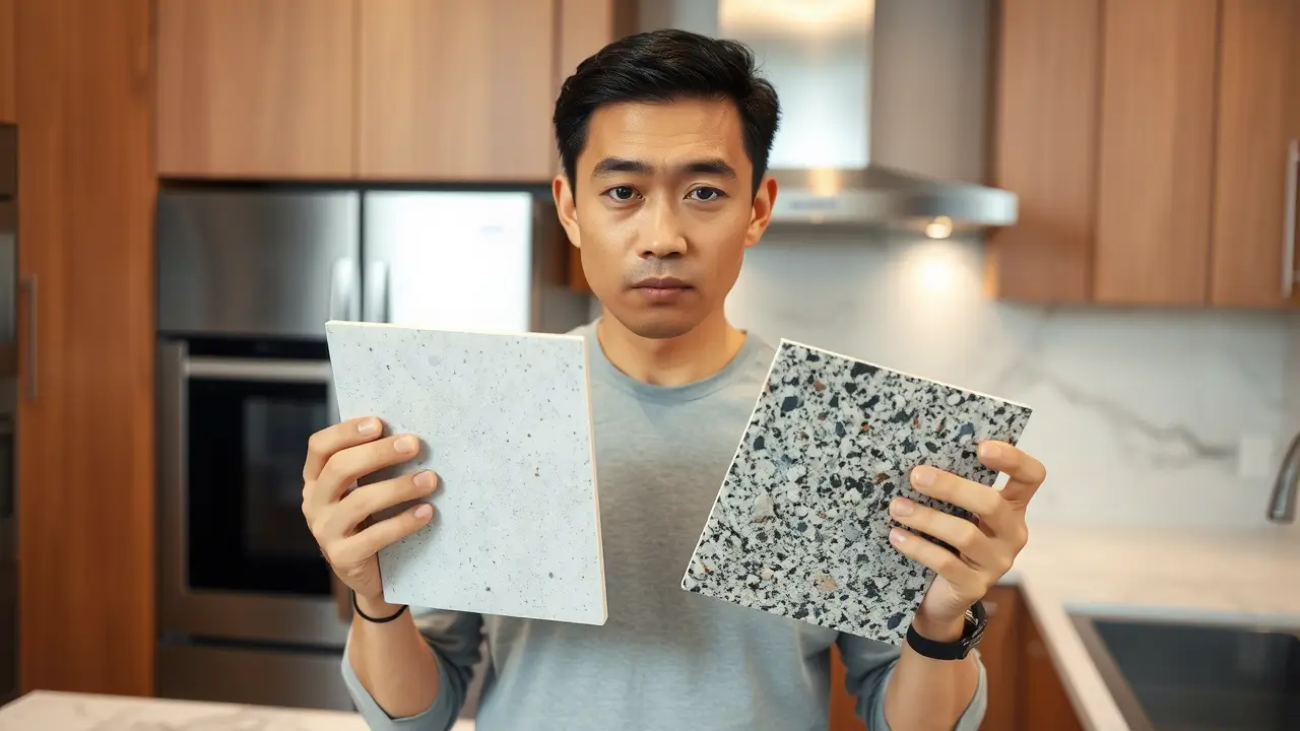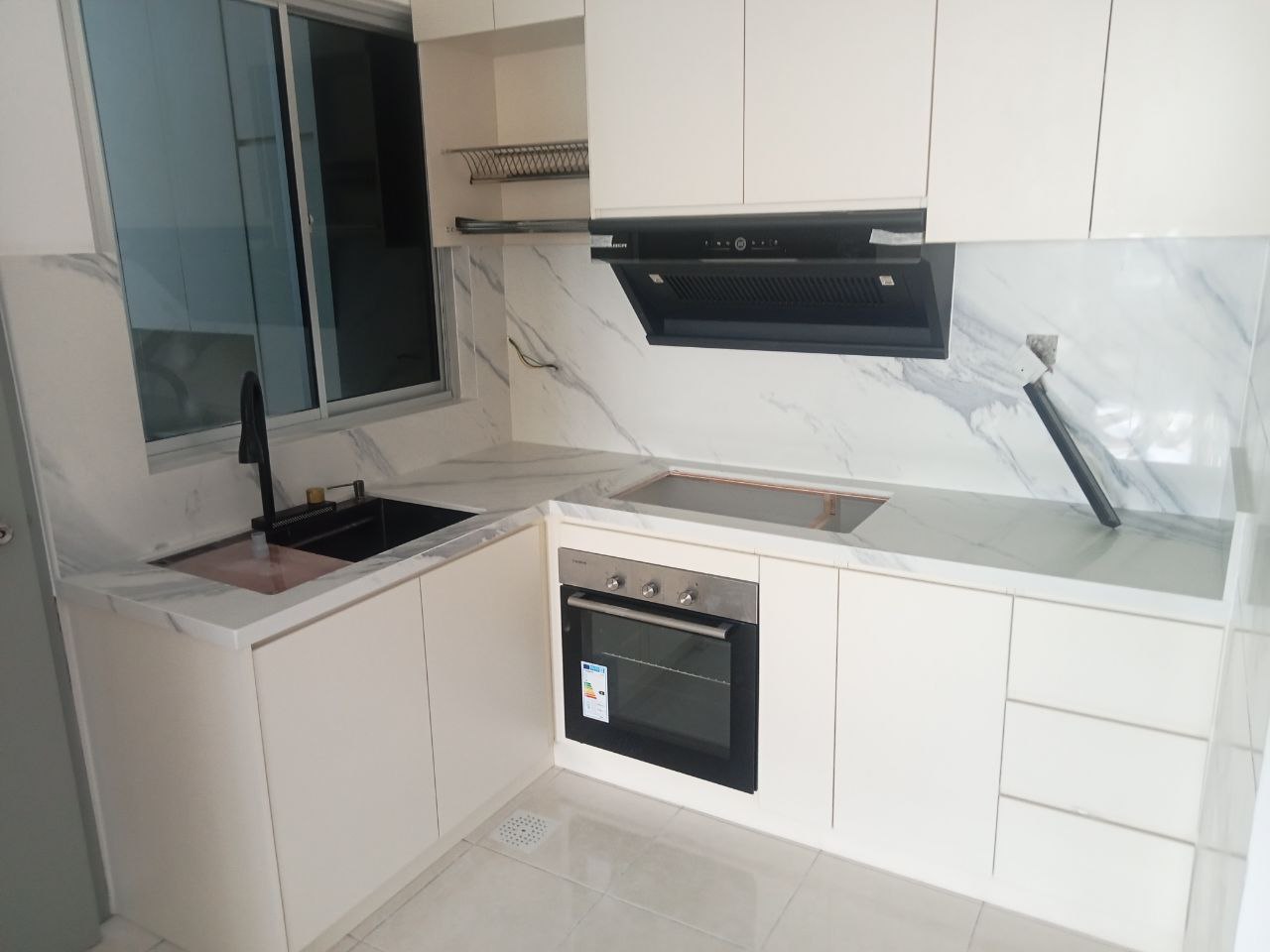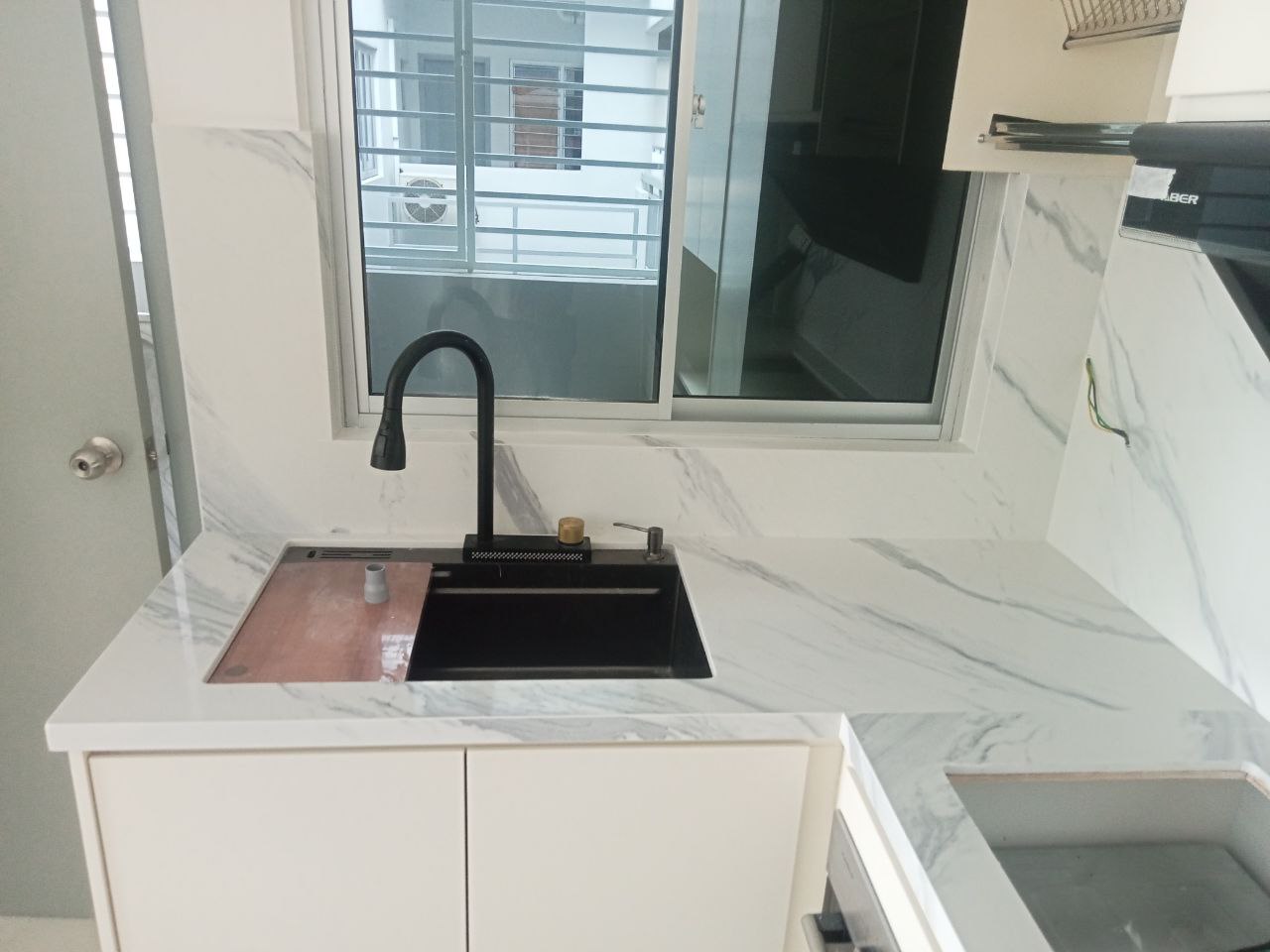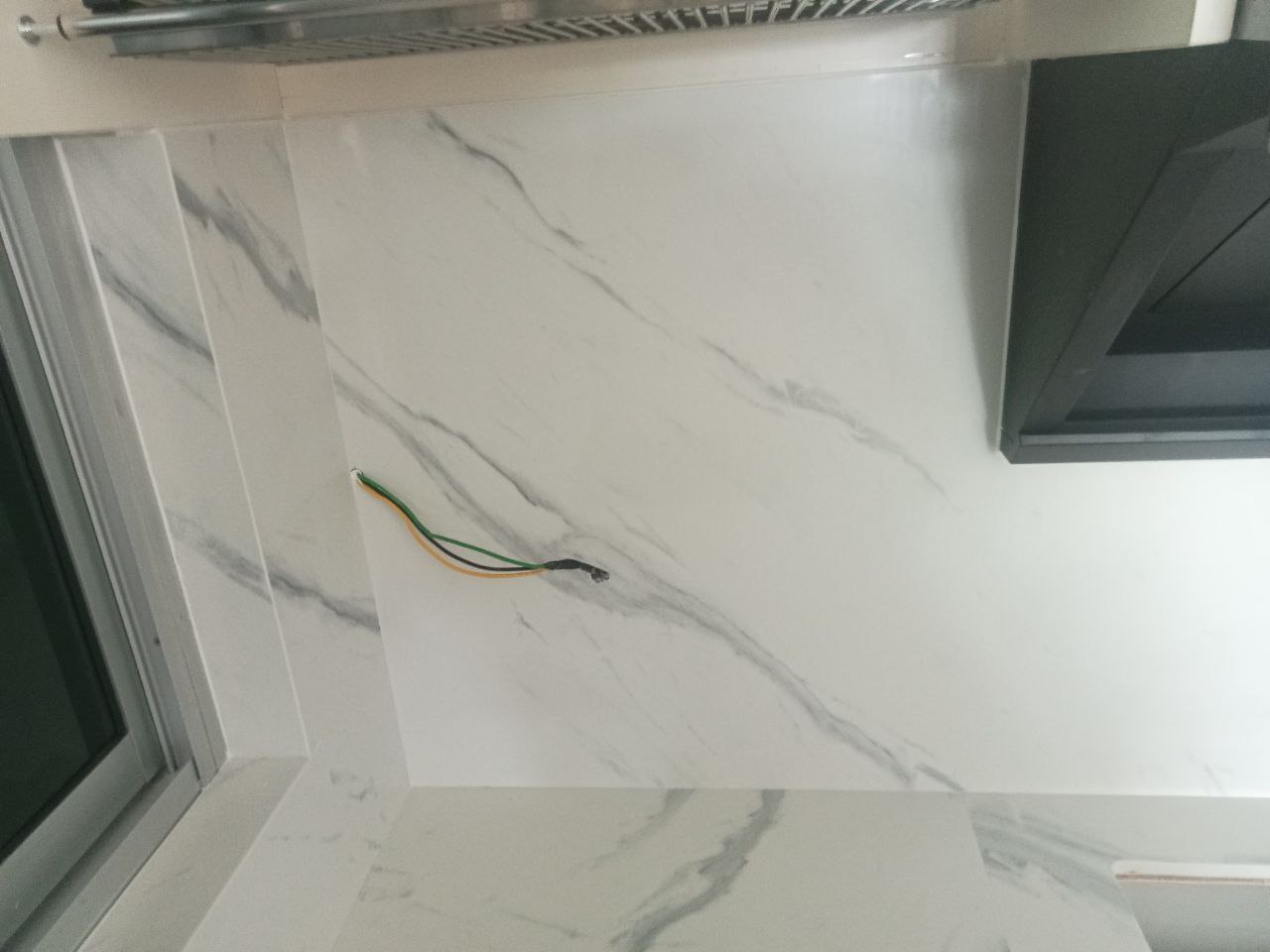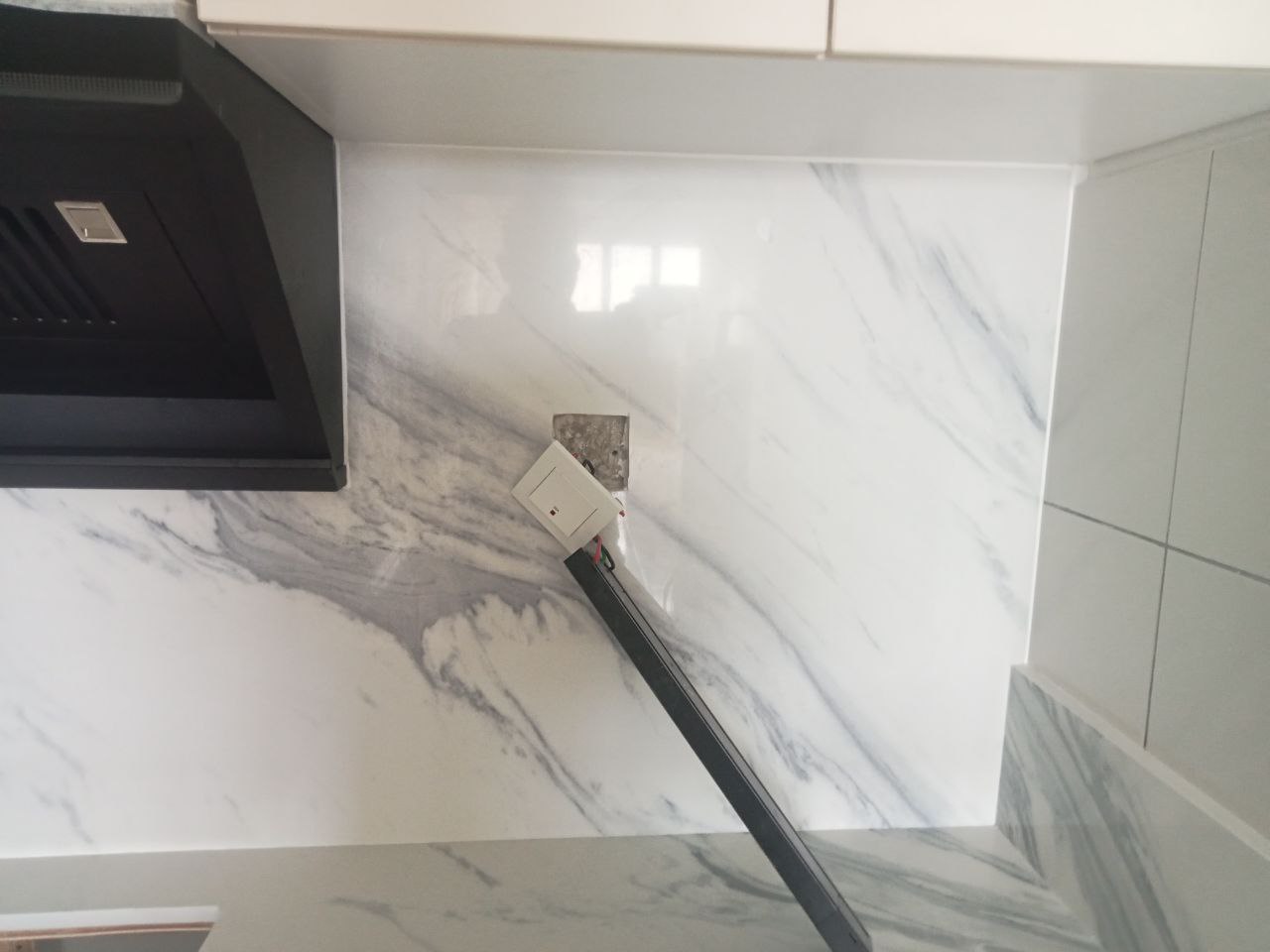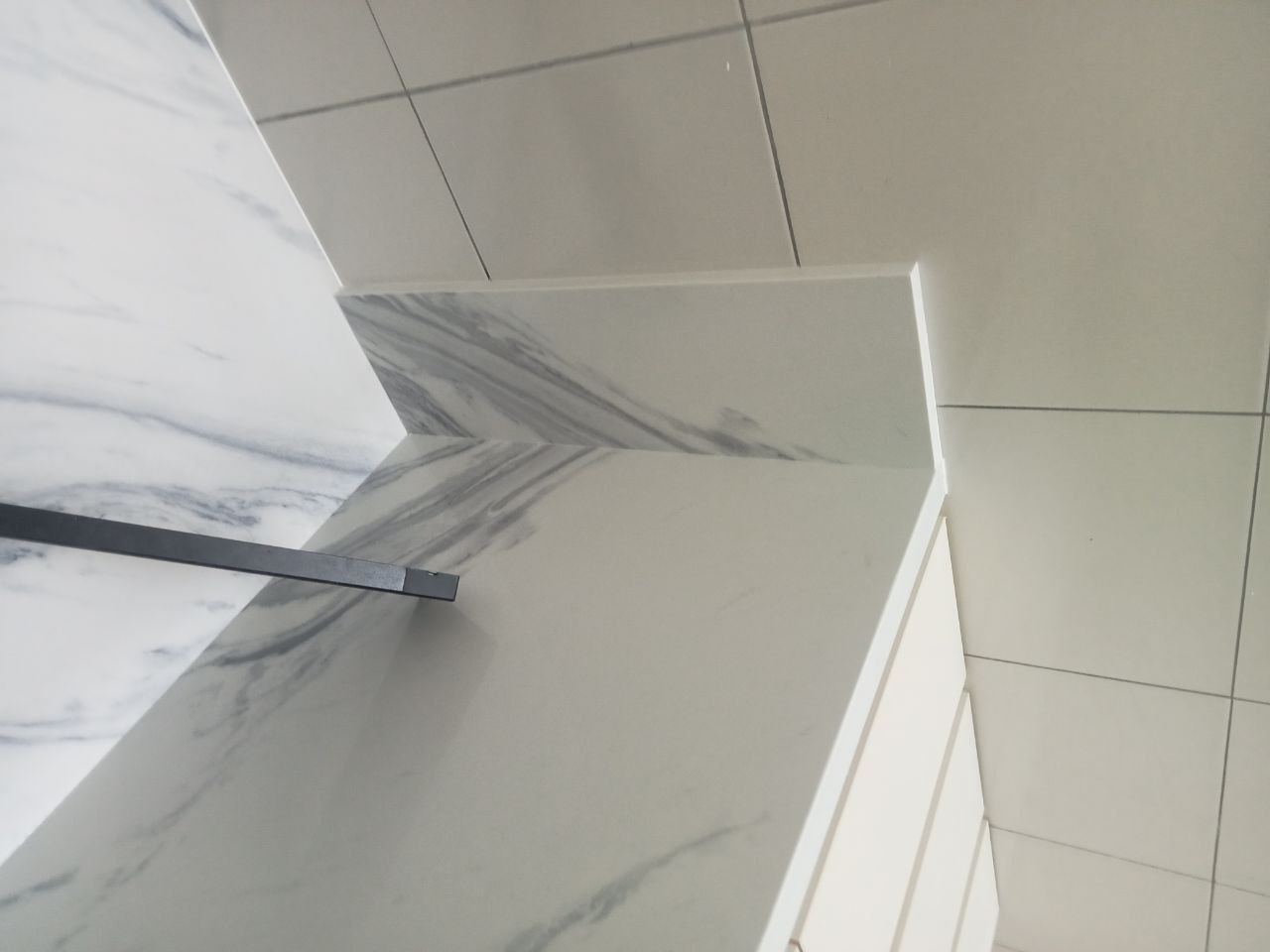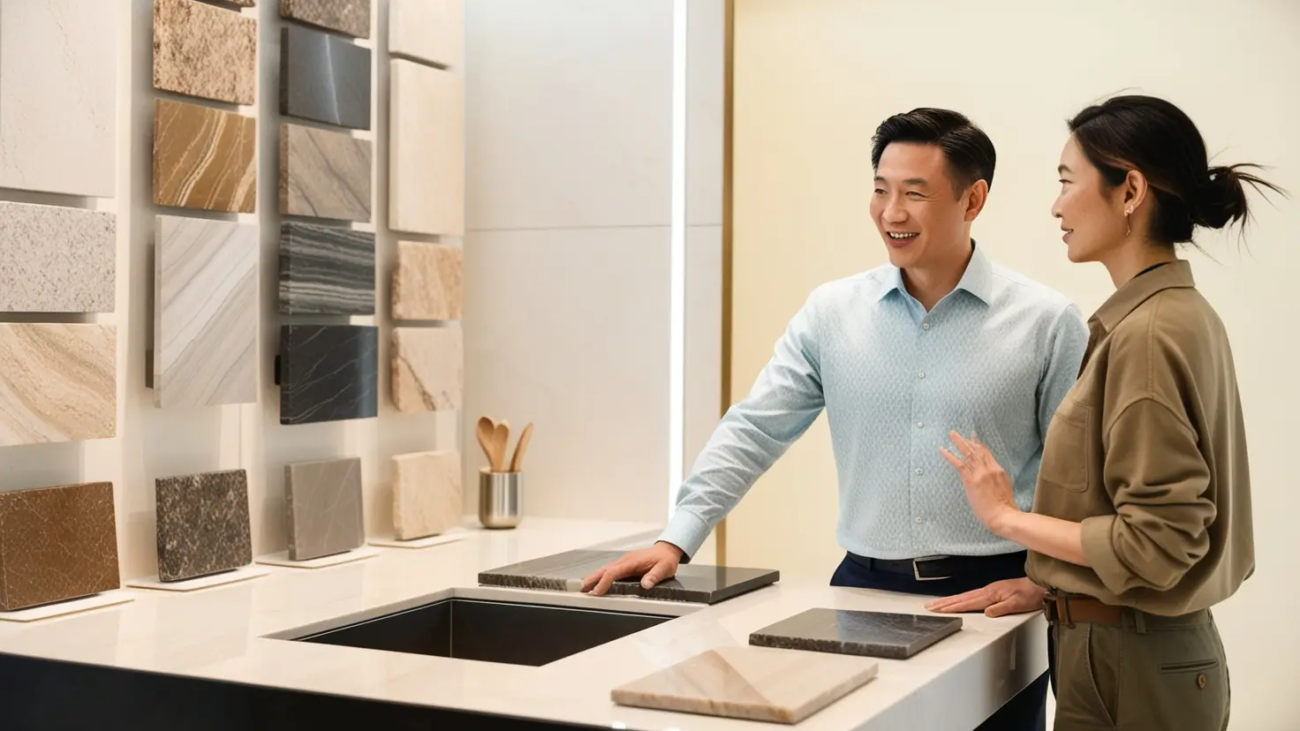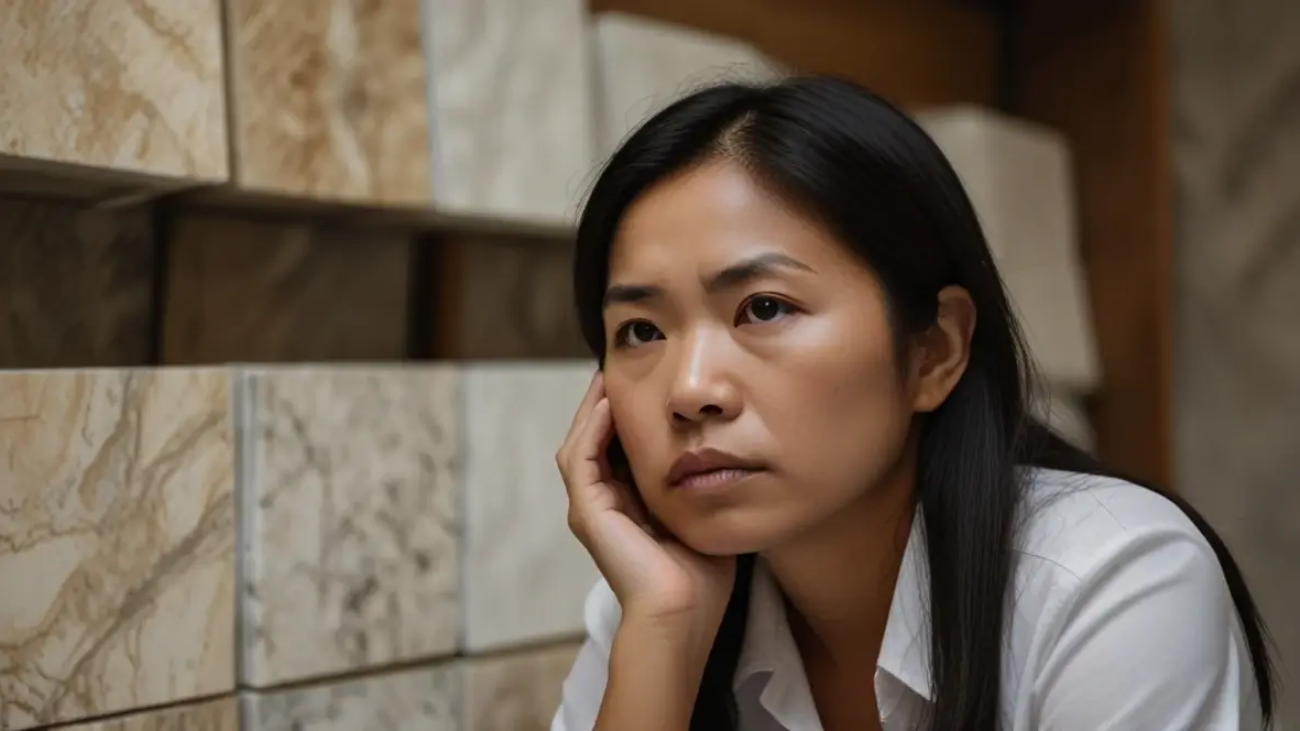When it comes to choosing the perfect surface material for my kitchen or bathroom, I often find myself torn between two popular options: Caesarstone and Silestone. Both brands have carved out a significant niche in the world of engineered stone, offering a blend of beauty, functionality, and durability. As I delve deeper into the characteristics of these two materials, I realize that they each have unique attributes that cater to different preferences and needs.
Understanding these differences is crucial for making an informed decision that aligns with my aesthetic vision and practical requirements. Caesarstone, an Israeli company founded in 1987, has gained a reputation for its high-quality quartz surfaces. The brand prides itself on innovation and design, consistently pushing the boundaries of what engineered stone can achieve.
On the other hand, Silestone, produced by the Spanish company Cosentino, has also established itself as a leader in the market since its inception in 1990. With a focus on sustainability and cutting-edge technology, Silestone offers a wide range of colors and textures that appeal to modern sensibilities. As I explore the nuances of each brand, I am eager to discover which one will ultimately suit my needs best.
Composition and Durability of Caesarstone and Silestone
One of the first aspects I consider when comparing Caesarstone and Silestone is their composition. Both materials are primarily made from natural quartz, which is combined with resins and pigments to create a durable surface. However, the specific ratios and manufacturing processes differ between the two brands.
Caesarstone typically contains about 90% natural quartz, while Silestone boasts a similar composition but incorporates a unique blend of recycled materials, which adds to its eco-friendly appeal. This difference in composition can influence not only the appearance but also the performance of each surface. Durability is another critical factor that weighs heavily on my decision-making process.
Both Caesarstone and Silestone are known for their resilience against scratches, stains, and heat, making them ideal choices for high-traffic areas like kitchens. However, I have learned that Silestone offers an additional layer of protection with its proprietary “Silestone HybriQ Technology,” which enhances its resistance to everyday wear and tear. This technology also makes Silestone less porous than Caesarstone, which means it is less likely to harbor bacteria or absorb spills.
As I consider my lifestyle and how much wear my surfaces will endure, this aspect of durability becomes increasingly important.
Design and Color Options of Caesarstone and Silestone
When it comes to design and color options, both Caesarstone and Silestone offer an impressive array of choices that cater to diverse tastes. I find myself captivated by the extensive palette available from each brand. Caesarstone features a wide range of colors, patterns, and textures that mimic natural stones like marble and granite.
Their designs often evoke a sense of elegance and sophistication, making them suitable for both contemporary and traditional settings. I appreciate how Caesarstone’s offerings can seamlessly blend into various design schemes while still making a statement. Silestone, on the other hand, takes design to another level with its innovative approach to color and texture.
The brand frequently collaborates with renowned designers to create exclusive collections that push the boundaries of conventional surface design. I am particularly drawn to Silestone’s vibrant hues and unique finishes, which can add a bold touch to any space. Additionally, Silestone’s ability to incorporate recycled materials into its designs speaks to my desire for sustainability without compromising on style.
As I weigh my options, I find myself considering not only the aesthetic appeal but also how each brand’s design philosophy aligns with my personal taste.
Maintenance and Cleaning of Caesarstone and Silestone
Maintenance is a crucial consideration for me when selecting a surface material. I want something that not only looks great but is also easy to care for in my busy lifestyle. Both Caesarstone and Silestone are relatively low-maintenance compared to natural stones like granite or marble.
They are non-porous surfaces, which means they do not require sealing like their natural counterparts. This feature alone gives me peace of mind knowing that I won’t have to invest time or money into regular upkeep. Cleaning these surfaces is also straightforward.
A simple mixture of warm water and mild soap is usually sufficient for day-to-day cleaning. However, I have learned that there are some differences in how each brand handles tougher stains or spills. While both materials resist staining well, Silestone’s lower porosity gives it an edge in terms of stain resistance.
This means that if I accidentally spill something like red wine or tomato sauce, I can be more confident that it won’t leave a lasting mark on my Silestone surface compared to Caesarstone. As I consider my cleaning habits and potential messes in my kitchen or bathroom, this aspect becomes increasingly relevant.
Cost Comparison of Caesarstone and Silestone
As I navigate the decision-making process, cost is an inevitable factor that influences my choice between Caesarstone and Silestone. Generally speaking, both brands fall within a similar price range, but there are nuances that can affect the overall cost depending on various factors such as color selection, thickness, and installation requirements. Typically, Caesarstone tends to be slightly more affordable than Silestone; however, this can vary based on specific designs or collections.
I also need to consider the long-term value of my investment. While the initial cost may be a deciding factor, I must weigh it against durability and maintenance expenses over time. Both surfaces are designed to last for years with proper care, but if one brand offers superior stain resistance or requires less frequent replacement due to wear and tear, it could ultimately save me money in the long run.
As I evaluate my budget alongside these considerations, I find myself leaning toward a choice that balances upfront costs with long-term benefits.
Environmental Impact of Caesarstone and Silestone
Caesarstone’s Eco-Friendly Practices
Caesarstone has implemented eco-friendly practices in its manufacturing processes, including using recycled materials in some of its products. This commitment to sustainability resonates with me as I seek to make responsible choices for my home.
Silestone’s HybriQ Technology and Certifications
Silestone takes this commitment a step further with its HybriQ Technology, which incorporates up to 20% recycled materials into its surfaces while also reducing water consumption during production. Additionally, Silestone has received certifications for its environmentally friendly practices from organizations such as Greenguard and NSF International.
A Positive Impact on the Environment
Knowing that my choice can contribute positively to the environment adds an extra layer of satisfaction as I consider which brand aligns best with my values.
Installation Process of Caesarstone and Silestone
The installation process is another critical aspect that I must take into account when choosing between Caesarstone and Silestone. Both brands require professional installation due to the weight and complexity of handling engineered stone surfaces. However, there are some differences in terms of availability of certified installers and the overall installation experience.
Caesarstone has a well-established network of certified fabricators who are trained specifically in handling their products. This gives me confidence that I will receive quality workmanship during installation. On the other hand, Silestone also boasts a robust network of certified installers who are familiar with their unique materials and installation techniques.
As I research local options for installation services, I find it reassuring that both brands prioritize quality assurance through their certified networks.
Which is the Better Choice – Caesarstone or Silestone
After thoroughly examining the various aspects of both Caesarstone and Silestone, I find myself at a crossroads in determining which surface material is the better choice for my home. Each brand has its strengths and weaknesses that cater to different preferences and needs. If I prioritize innovative design options and eco-friendliness, Silestone may be the more appealing choice for me.
Its unique technology and vibrant colors resonate with my desire for both style and sustainability. Conversely, if I lean towards affordability without sacrificing quality or durability, Caesarstone could be the ideal option for my space. Its classic designs and reliable performance make it a strong contender in the engineered stone market.
Ultimately, my decision will hinge on my personal preferences regarding aesthetics, maintenance requirements, environmental impact, and budget considerations. In conclusion, whether I choose Caesarstone or Silestone will depend on what aspects matter most to me as a homeowner. Both brands offer exceptional products that can enhance any space while providing durability and style.
By carefully weighing these factors against my lifestyle needs and values, I am confident that I will make an informed decision that will serve me well for years to come.
When deciding between Caesarstone and Silestone for your kitchen countertops, it’s important to consider the benefits of each material. A related article on the surprising benefits of choosing marble for your kitchen renovation may provide valuable insights into the advantages of using natural stone in your home. Marble offers a timeless and elegant look that can enhance the overall aesthetic of your kitchen. Additionally, you may also want to explore quartz stone furniture as a way to upgrade your home decor with durable and stylish pieces.
FAQs
What are Caesarstone and Silestone?
Caesarstone and Silestone are both popular brands of engineered quartz countertops. They are made from a combination of natural quartz and resin, and are known for their durability and low maintenance.
What are the differences between Caesarstone and Silestone?
One of the main differences between Caesarstone and Silestone is the company that produces them. Caesarstone is manufactured by Caesarstone Ltd., while Silestone is produced by Cosentino Group. Additionally, there may be differences in the specific colors and patterns offered by each brand, as well as slight variations in the manufacturing process.
Which brand is more durable?
Both Caesarstone and Silestone are known for their durability, as they are made from approximately 90% natural quartz. They are both resistant to scratches, stains, and heat, making them suitable for use in kitchens and bathrooms.
Which brand is easier to maintain?
Both Caesarstone and Silestone are relatively low maintenance, as they do not require sealing and are resistant to stains. Regular cleaning with mild soap and water is typically all that is needed to keep them looking their best.
Which brand is more expensive?
The cost of Caesarstone and Silestone countertops can vary depending on factors such as the specific color and pattern chosen, as well as the location and supplier. In general, both brands are considered to be in the higher price range for engineered quartz countertops.

